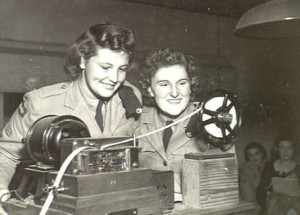 So if you remember my post about cultivating inspiration, you’ll know that I’ve been re-reading all my favorite books and using them to launch myself whole-heartedly into my own WIP. I’m now reading my favorite book on the planet, A Prayer for Owen Meany, which I’ve read at least twenty times. You’d think by now I’d have the entire book memorized, yet every time I read it, I see something I never saw before. This time, I’ve been acutely aware of foreshadowing.
So if you remember my post about cultivating inspiration, you’ll know that I’ve been re-reading all my favorite books and using them to launch myself whole-heartedly into my own WIP. I’m now reading my favorite book on the planet, A Prayer for Owen Meany, which I’ve read at least twenty times. You’d think by now I’d have the entire book memorized, yet every time I read it, I see something I never saw before. This time, I’ve been acutely aware of foreshadowing.
If you’re not familiar, foreshadowing is a literary device authors can use to hint at some action or meaning to come later in the book. It can be handled in many ways, from a subtle allusion to a 2×4 upside the head. Earlier this year, our own Laurie Boris wrote a post about the most ham-handed way to foreshadow, aka telegraphing. As I’ve been reading Owen Meany, however, I’ve been struck by the more ingenious ways to foreshadow, ways that — had I not already read the book twenty times — I would probably completely miss.
It got me to thinking: why do we foreshadow? Why is it attractive for the author? Why, when it’s well done, is it gratifying for the reader? Continue reading “Foreshadowing: Layers of Writing, Layers of Consciousness”



